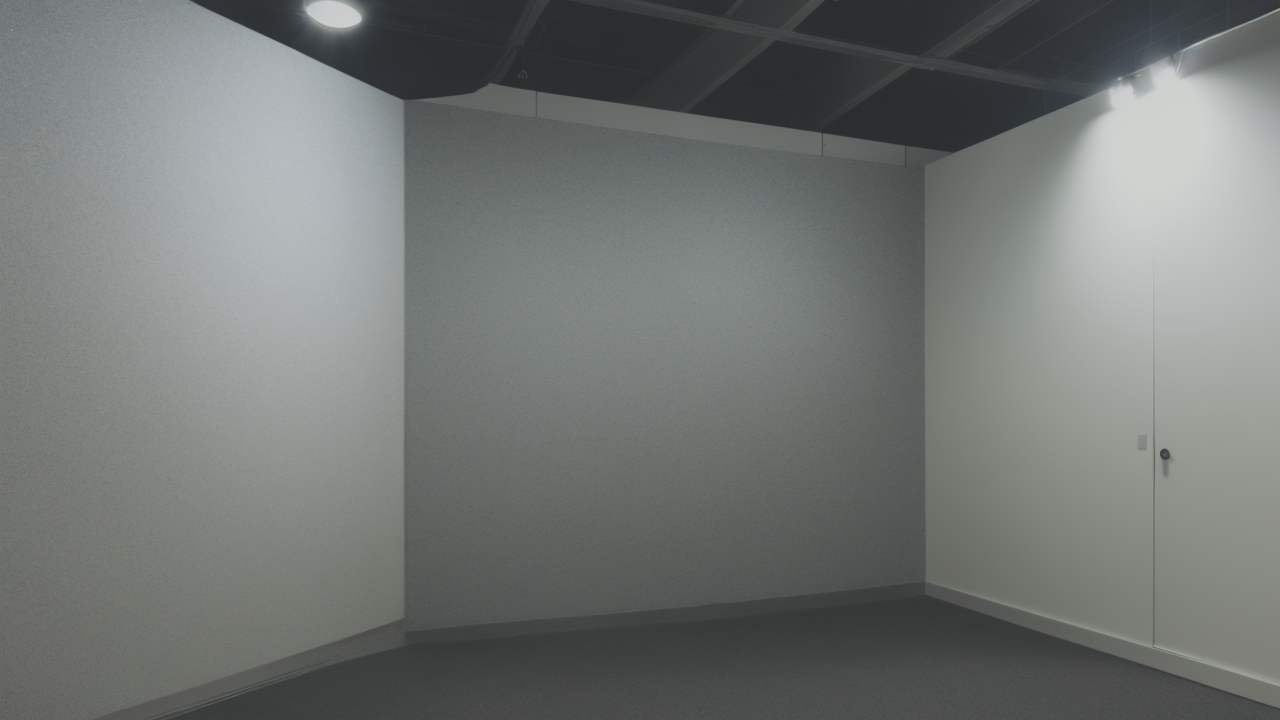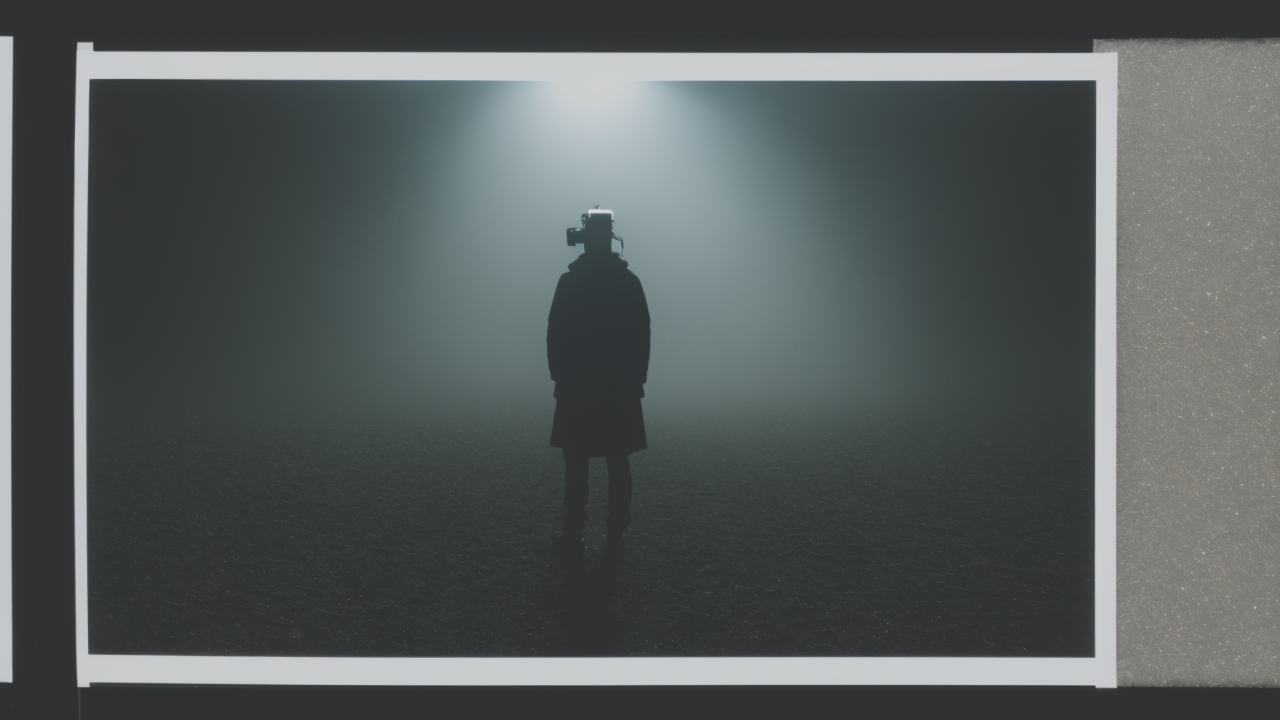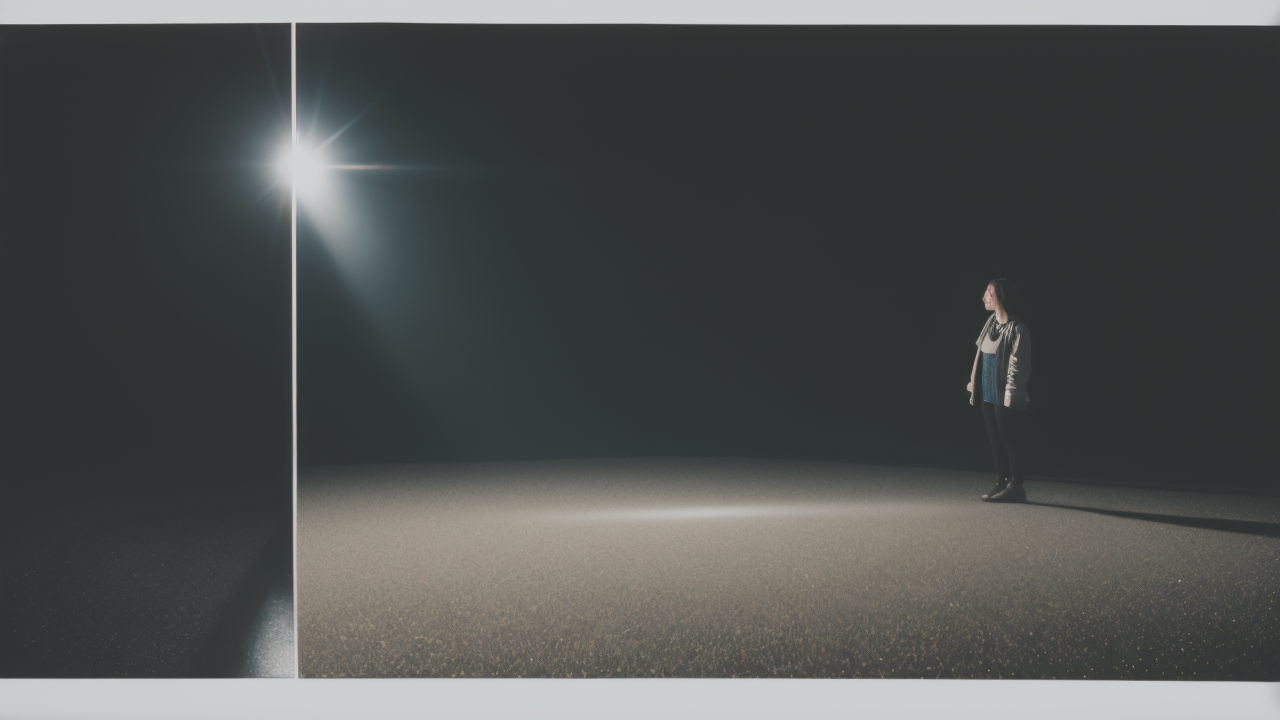
K149 Technics: Revolutionizing Minimalist Wall Art for Contemporary American Interiors
Understanding Minimalism Art: An Overview of G149 Principles
The Historical Context of Minimalism
Minimalism art began in the 1960s. It was a new way of thinking about art. Artists wanted to make things simple. They used basic shapes and colors. The G149 techniques came from this idea. These methods focus on geometric forms. Artists like Donald Judd and Frank Stella were important. They made art that didn't try to show real things. Instead, their art was about shape and space. This was very different from earlier art styles. Minimalism made people think about art in new ways. It changed how we see beauty in simple things.

Key G149 Techniques and Their Impact
G149 techniques use simple shapes. These are things like squares, circles, and lines. Artists often use just a few colors. Sometimes they use only one color. The way shapes fit together is important. Artists repeat shapes to make patterns. Many use materials like metal or plastic. This makes the art feel more like an object. These methods change how we look at art. They make us focus on form and color. G149 art can be very powerful. It shows that simple things can have a big impact.
The Distinction Between Minimalism and Simplification
People often think minimalism and simplification are the same. But they are different. Minimalism is about using only the most basic parts of art. It's not just making things simpler. G149 techniques create art that stands on its own. The art doesn't try to show or mean other things. Simplification is different. It tries to make complex ideas easier to understand. In minimalism, every part of the art is there for a reason. Nothing is extra. This careful choice makes minimalist art strong. It can make people think in new and deep ways.
Implementing G149 Techniques in Modern Art
Case Studies: Successful Minimalism Art Campaigns
Many artists today use G149 techniques well. One example is Richard Serra. He makes big metal sculptures. These change how we see space around us. Another artist is Agnes Martin. She paints grids and soft colors. Her art feels calm and thoughtful. Yayoi Kusama uses dots and mirrors. She makes spaces that feel endless. These artists show how powerful simple forms can be. Their art proves that minimalism is still important now. It can say a lot with just a little. These works inspire other artists to try minimalism.

Combining Technology and Creativity in Minimalism
New tech is changing how artists use G149 techniques. Digital tools help make perfect shapes. 3D printing creates complex minimalist sculptures. Virtual reality offers new ways to see minimalist spaces. Some artists use computer programs to design. These tools don't change the main ideas of G149 art. They give new ways to explore these ideas. The mix of tech and minimalism is exciting. It opens up new possibilities for art. This keeps minimalism fresh and interesting. It shows that old ideas can work with new methods.
The Role of Cultural Identity in Minimalism Art
Minimalism seems simple, but culture still plays a part. Artists from different places bring their own ideas. Japanese minimalism often includes Zen concepts. African minimalism might use traditional patterns. These cultural touches add depth to the art. They show that even simple art can reflect different identities. This makes minimalism richer and more diverse. It proves that minimalism can speak to people from all backgrounds. Each culture adds its own flavor to the style. This keeps minimalism growing and changing.
The Future of Minimalism Art in the United States
Predicting Trends: Minimalism in the Next Decade
Minimalism art will likely change in the coming years. We might see more art that people can touch. This could be a response to our digital world. Artists might use more eco-friendly materials. They could find new ways to make big impacts with less. The main ideas of G149 will probably stay important. But how artists use them might change. Minimalism could help address big issues like waste. It might become a way to find calm in a busy world. The future of minimalism looks both challenging and exciting.

The Influence of Digital Media on Minimalism
Digital media is changing how we make and see art. This affects minimalism in many ways. Social media likes simple, eye-catching images. This fits well with minimalist ideas. Digital tools let artists make perfect shapes. They can create art that wasn't possible before. But it's hard to keep minimalism's core ideas in a noisy world. Artists must find ways to stand out while staying true to G149. Digital media offers new chances for minimalism to reach people. It also presents new challenges for artists to solve.
Educating a New Generation of Minimalism Artists
Teaching new artists about minimalism is key. Art schools are teaching G149 techniques more. They show students how to find beauty in simple things. There are also workshops and online classes. This education helps keep minimalism's main ideas alive. It also encourages new ways of thinking about minimalist art. The challenge is to teach both old and new ideas. By teaching new artists, we make sure minimalism keeps growing. This education will shape the future of minimalist art. It will help minimalism stay relevant and exciting for years to come.


